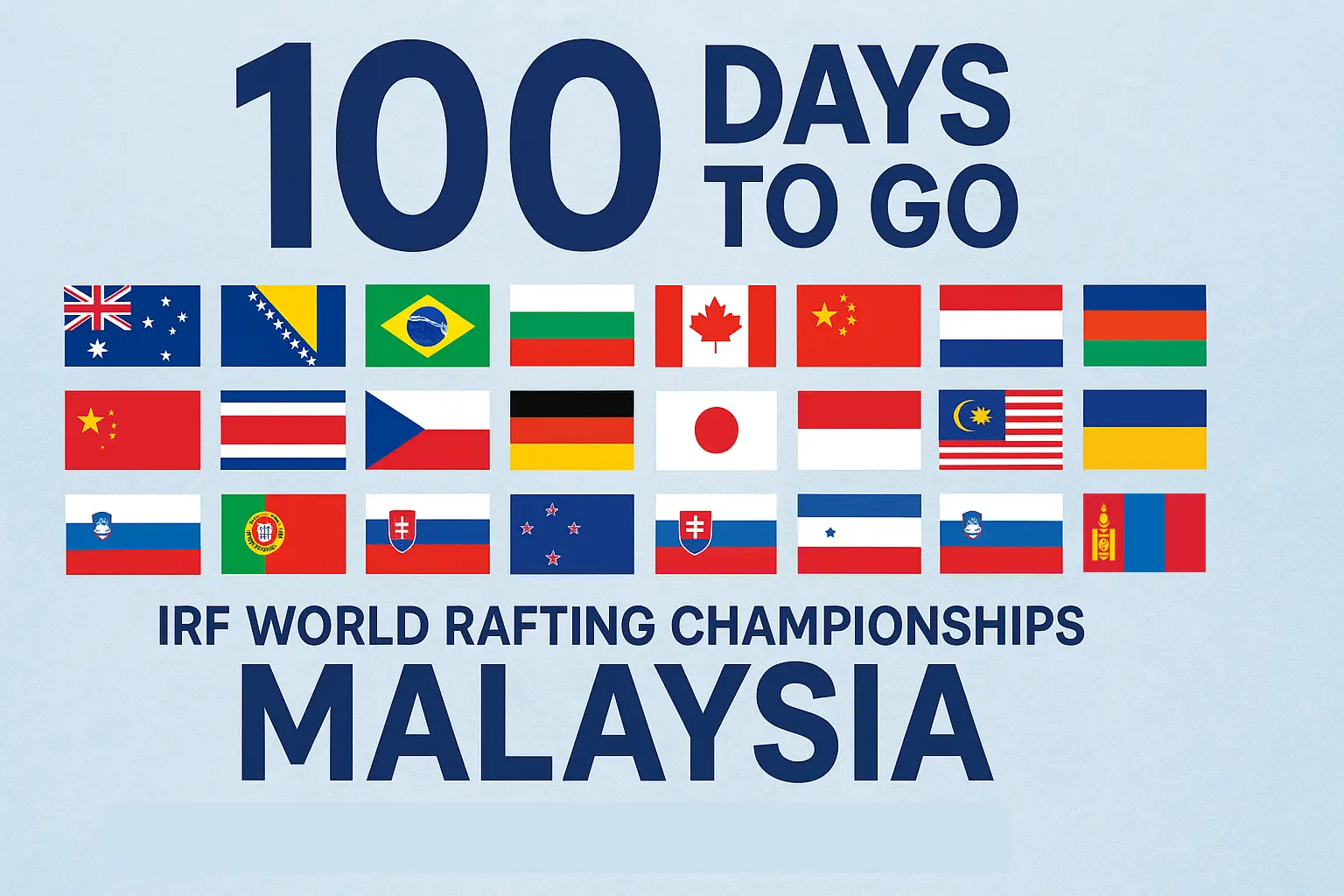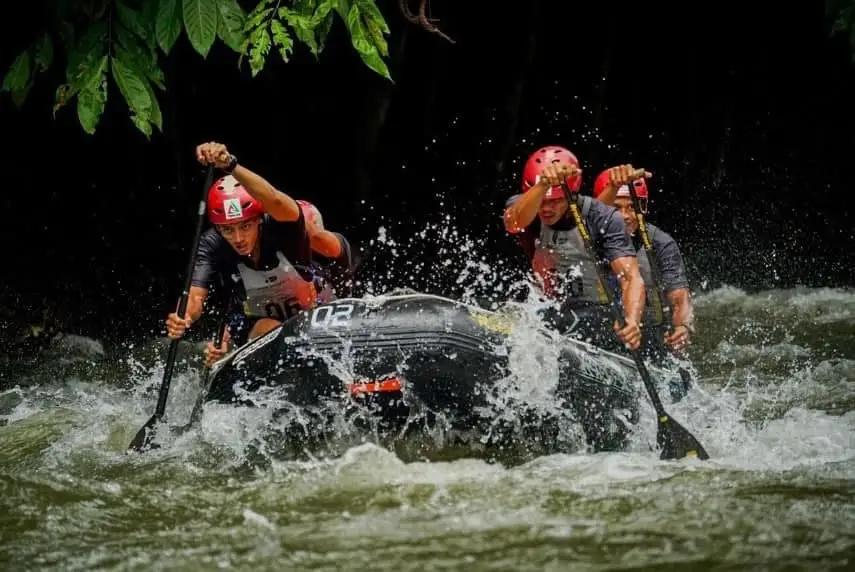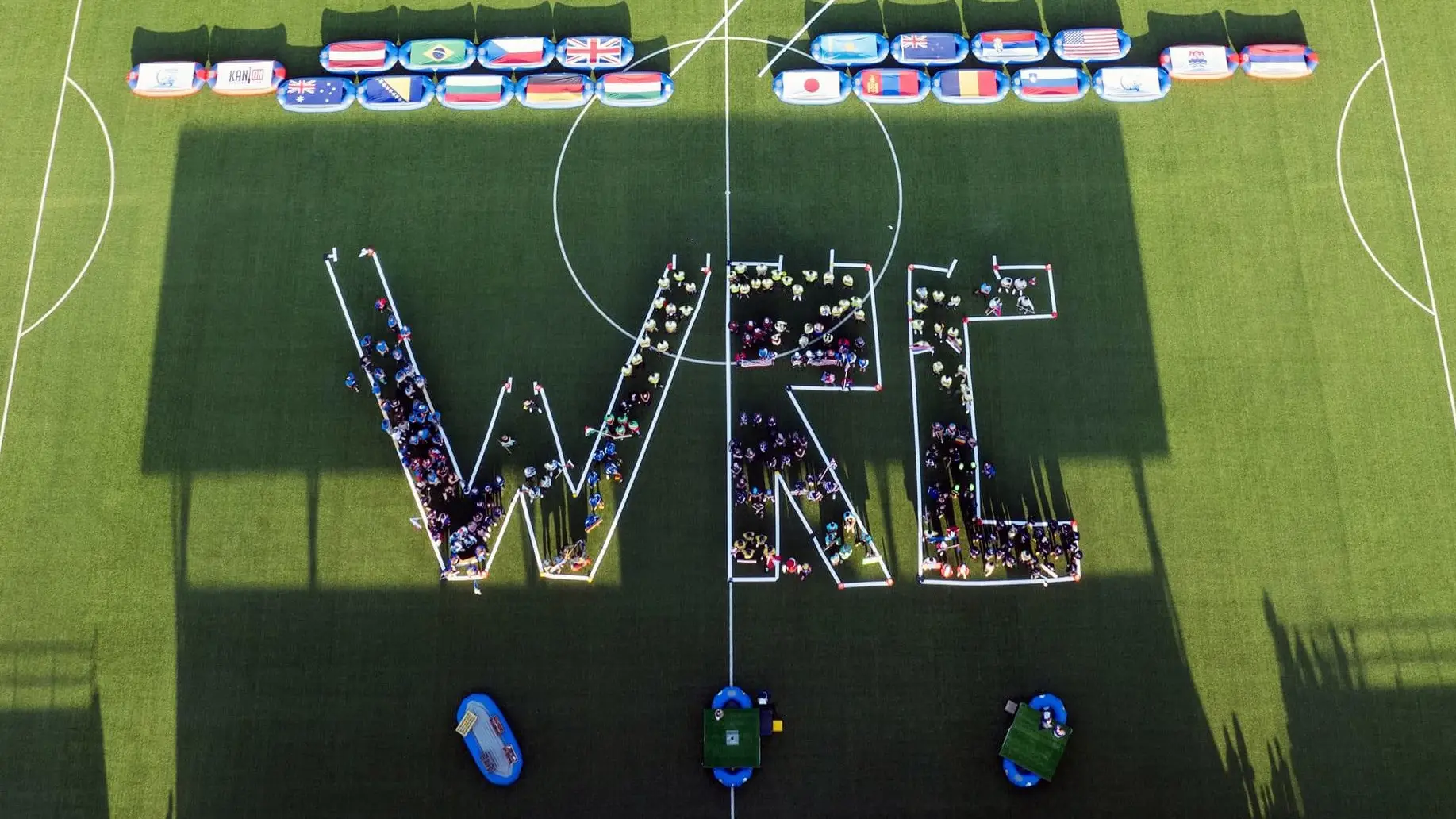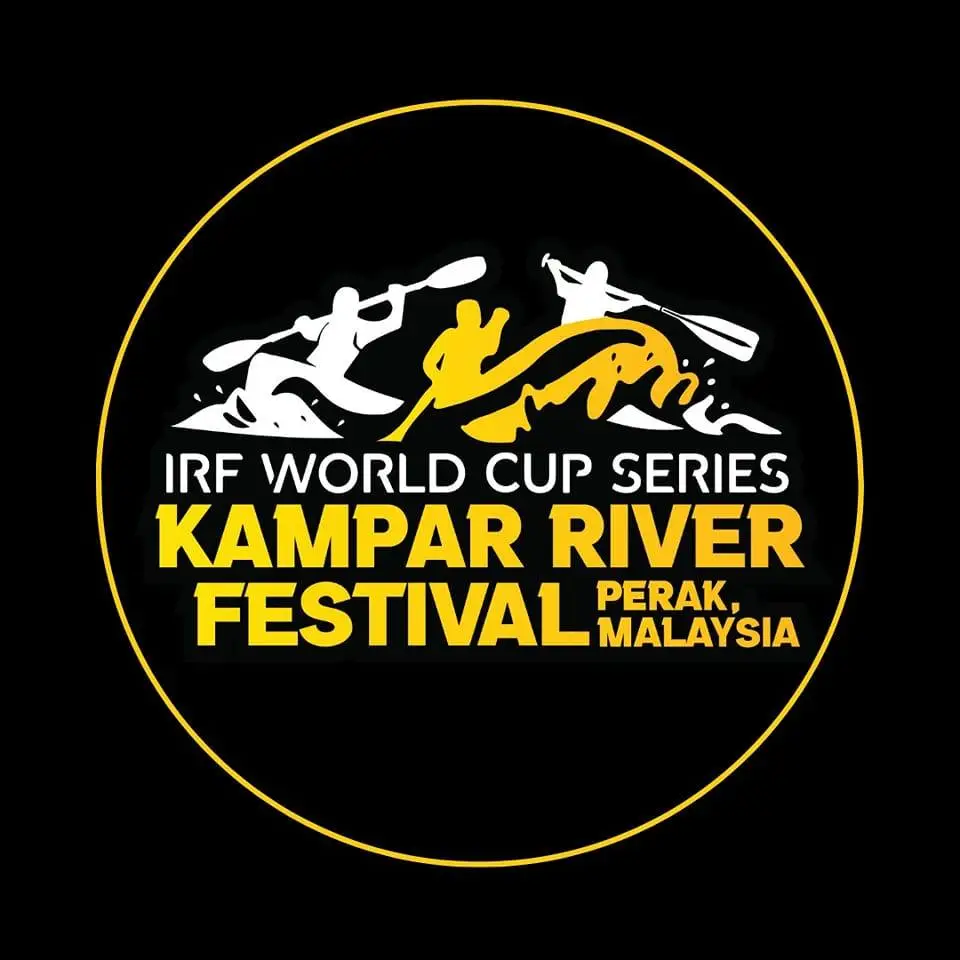by Megh Ale and Karen Bennett
The mighty Karnali, Nepal’s longest, largest, and least known river system is in peril. Of the three major river basins emerging from the Nepal Himalaya—the Koshi, Kali Gandaki, and Karnali—the Karnali is the only river that remains free-flowing. All others have been dammed for hydropower generation reflecting an increasingly intensive pattern of hydropower development across Nepal. There are currently three mega hydropower dams planned for the Karnali River with 28 more sites being surveyed. Construction of any one of these dams will forever change the essence and flow of the Karnali River. The construction of all three will devastate the river system and the cultures, endangered species and economies that depend on it. A dedicated group of people are working to protect the free-flowing Karnali. In spring 2018, a group of scientists, river adventurists and a film crew undertook a 44-day expedition along its entire length. Together, they documented the river’s values and used what they learned to educate the public and decision-makers about the importance of protecting the Karnali – Nepal’s last and most pristine free-flowing river.

The Karnali flows from the glaciers of the Himalayan mountains within the Mt. Kailash mandala in the Tibetan Autonomous Region of China, and flows 618 miles to its confluence with the Ganges River in India. The river provides water for millions of people, provides for fish and wildlife resources and has a high value for ecotourism especially in the form of whitewater rafting and as an approach corridor to the Sacred Mt. Kailash. These ecological services sustain livelihoods throughout the Karnali River Basin. An ancient river, the Karnali was in place as the Himalayan Mountains were thrust up by the collision of the Eurasian and the Indian tectonic plates. As the mountains rose, the river downcut into the landscape, the sinuous channel already in place. Hard rock ledges, ancient and current day landslides create steep stream gradients, boulder strewn reaches and world-class whitewater rapids. Fed by glacial meltwaters and strong monsoon rains, this powerfully erosive river provides water, nutrients and sediments to the lands along its path providing fertile agricultural plains.

Hamish McMaster, owner of Water by Nature, a whitewater rafting company that guides river trips across the globe, describes the Karnali River as one of the top ten whitewater rivers in the world. He says, “post monsoon, when rivers are at their best in Nepal, we head out to the Karnali River in the western part of Nepal, with all its incredible whitewater and remote beaches. One of the highlights on the Karnali for guests and guides alike is Gods House, a Grade V rapid that offers a world-class challenge. Guides intently scout this rapid and sometimes even set up safety below. Rafts start center left and paddle hard toward river right, dissecting two enormous holes. Massive waves are a common occurrence at medium to high flows when challenging Gods House. Immediately afterward, you’ll be treated to several other Grade IV and V rapids such as Juicer, Flip N Strip and Freight Train”. These and other world-class rapids are at risk of being either dewatered or flooded with progressively aggressive hydropower development proposals in the Karnali River.
Nepal and Hydropower
Energy development is critical to the people of Nepal. Electricity and road access will open their society and enhance their livelihoods in many ways. Hydropower development of every river, however, with disregard to the social and environmental impacts, is unjustified. The Wall Street Journal recently characterized Nepal as a “Himalayan nation [that is] betting that a new energy gold rush, borne of its thousands of rivers and craggy peaks, will establish it as a major Asian electricity source” (Stacey 2017). However, rather than providing power to Nepal, most of the dams built during this imminent ‘gold rush’–especially the large ones–will provide power to India, Bangladesh and potentially other South Asian neighbors instead. All the while, Nepal will bear the social, environmental and economic costs.

Throughout Nepal, there are currently 43 hydropower dams that produce over 1 MW of electricity in operation and another 83 dams are currently under construction. In total, over 350 hydropower dams are slated for development—in fact, the licenses have already been sold (Niti Foundation, 2015). In no uncertain terms, hydropower development at this scale will affect every river basin in Nepal, with significant yet highly uncertain impacts. And yet, tellingly, there is no national hydropower development strategy in Nepal that attempts to describe or mitigate cumulative environmental impacts of these projects (Lord 2016) or that fully accounts for the significant risk that earthquakes or other geologic hazards will have on them (Rest, Lord, & Butler 2015). Put simply, while Nepal still needs electricity, it does not need 350 hydropower dams.
Without destroying the Karnali mainstem and the cultural, spiritual, endangered fish and wildlife, water-based adventure tourism and the economics supported by it, hydropower planned for the tributary streams alone could supply five times more hydropower than the country is currently producing.

Efforts to Save the Karnali
While the Upper Karnali Hydropower Project has been highly contested for several years by a variety of different parties—ranging from locals organizing protests to cases filed in the Nepal Supreme Court by concerned scientists and civil society groups (Butler 2016; Pandit et al 2014)—the project is now quickly moving forward with the GMR Consortium (India) at the helm. Further, local populations are increasingly divided over the project, as the circulation of information about the project and its potential impacts is highly uneven (Butler 2016). As it stands, there is a great need both to understand the diverse perspectives of locals and to create different kinds of educational/narrative materials that can speak to a variety of audiences. Amid these uncertainties, according to local sources, land acquisition for the project has already begun.
Now is the time to convince the Prime Minister of Nepal to halt dam construction in the Karnali River until a basin-wide environmentally sound and safe hydropower dam strategy can be developed. If built, the mainstem Karnali Hydropower projects will disrupt environmental flows and livelihoods, introduce new risks, and heighten vulnerability throughout the river corridor.
To capitalize on this precious chance to save the Karnali River, Nepal River Conservation Trust and Karnali River Waterkeeper gathered local and international scientists from a variety of disciplines, including ecology, fisheries and wildlife biology, soil science/geomorphology, hydrology, anthropology, rafting and kayaking experts and an ecotourism specialist to undertake a 618 mile expedition from the headwaters of the Karnali River in China to the confluence with the Ganges river in India. The goal was to assess the natural processes that shape the river and its habitats, and understand the impacts that hydropower dam construction will have throughout the watershed. Together they collected information and described the resources and ecological values along the entire route. This work included mapping outstanding and remarkable values of the area, sampling fish and water quality, assessing geologic hazards and sediment source zones, and conducting interviews with over 300 individuals and focus groups to understand their relationship to the landscape and to the river.
The team keyed into the economic opportunities throughout the Karnali region beyond just hydropower. They focused on the Karnali River itself as a jewel to be protected, a jewel that equals the Everest region in eastern Nepal, the Annapurna Mountains of central Nepal and the temples and historic kingdoms of the Kathmandu Valley. They highlighted a myriad of economic opportunities including benefits of whitewater rafting in a pristine environment, remote fishing camps, raft guide and environmental training centers, cultural programs, enhanced trekking routes and ideas for the production and export of local organic products. They identified critical conservation corridors for the Golden Masheer (Tor putitora), the Ganges River Dolphin (Platanista gangetica) and Gharial (Gavialis gangeticus), the ancient fish-eating crocodile. They mapped out the potential for solar and wind energy production to ensure energy sovereignty. The Karnali Expedition brought a scientific understanding of the river and surrounding landscapes highlighting critical aspects that make the river what it is and which need to be protected and maintained for the river to function. The expedition produced a Karnali River Corridor Management Framework and a guide to Strategic Considerations for River Conservation in Nepal highlighting the potential for a “Wild and Scenic River”-like network throughout the Karnali. The Nepal River Conservation Trust has presented both those plans to local and national governance groups, USAID, and non-governmental organizations thus promoting both awareness and informed decision making during these crucial moments of hydropower development.
To continue awareness efforts, the Nepal River Conservation Trust is, along with Nepal Association of Rafting Agencies and the Visit Nepal Year 2020 secretariat, promoting a challenging kayak race and the longest raft race ever held in the world. Kayakers will compete April 17-20, 2020 and the raft race will be Nov. 25 – 30, 2020. Descriptions, rules and guidelines and an application to participate can be found here.
The fate of this river, without international support, is the loss of this world class resource. You can learn more about our efforts to save the Karnali and how to support our work and to donate funds to help implement the concepts developed in the Karnali River Corridor Management Framework at www.nrct.org.np.
#RaftersAreAwesome SaveTheKarnali #Nepal #VisitNepal2020









